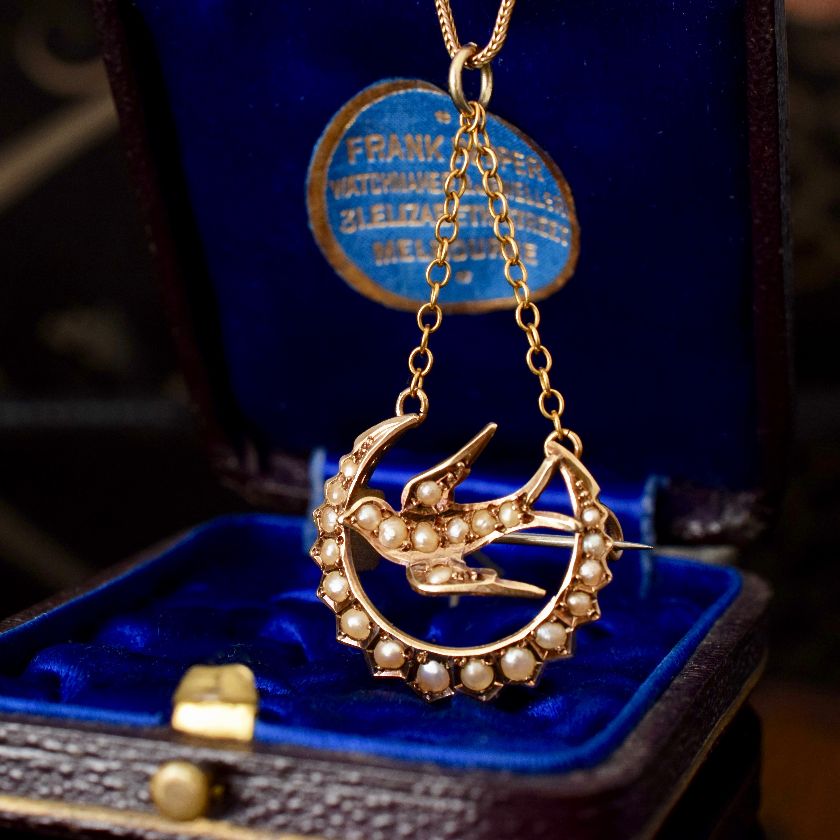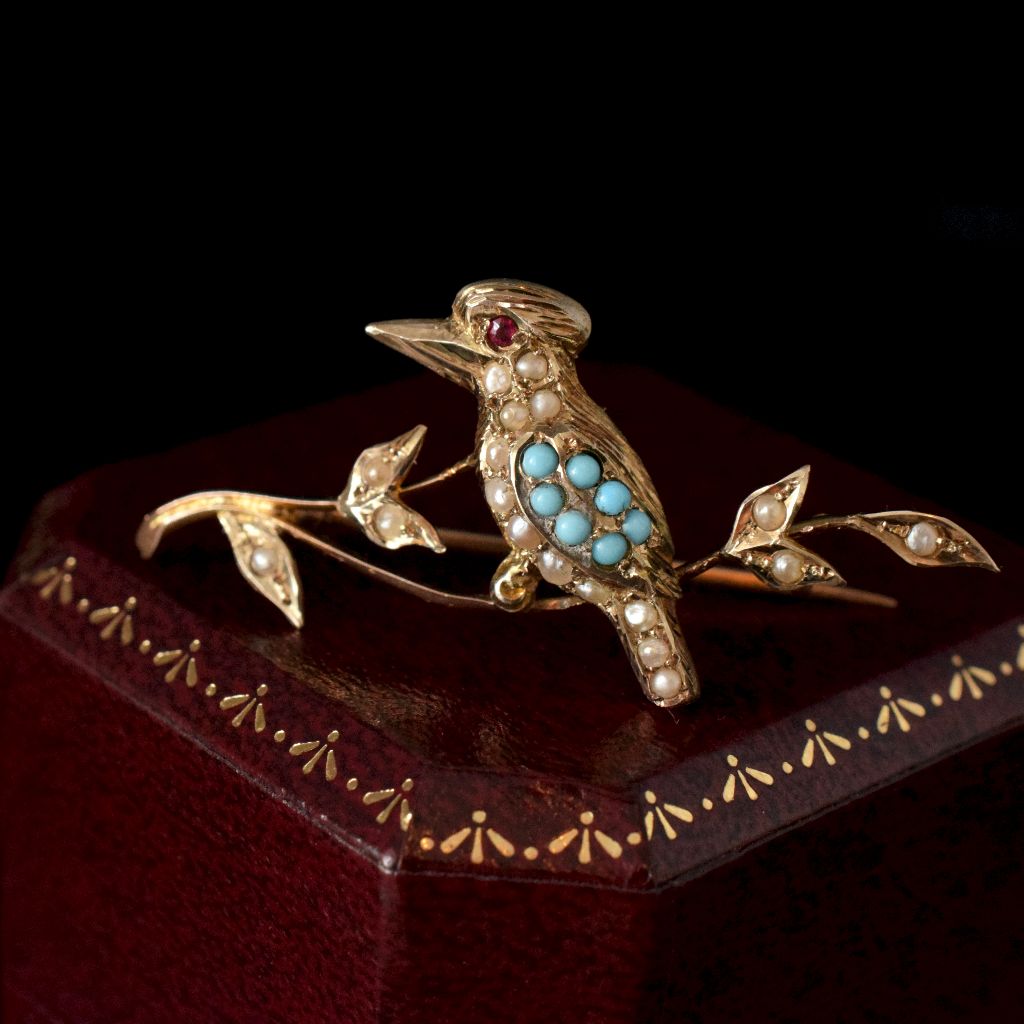This week’s blog explores the rich history of ‘Jet’; a coal-like, carbonised black fossil formed by heat, pressure and a chemical reaction on ancient deposits of driftwood from the Araucaria, or monkey-puzzle tree. The earliest known worked jet object is a 10,000 BC model of a botfly larva, from Baden-Württemberg, Germany, found among the Venuses of Petersfels.
Jet has been used in Britain since the Neolithic period. Continuing through to the Bronze Age where it was used for necklace beads. Jet necklaces following the plate and spacer design may have been based on Gold lunula (a distinctive type of late Neolithic, Chalcolithic or (most often) early Bronze Age necklace or collar). During the Iron Age jet went out of fashion until the early-3rd century AD in Roman Britain. The end of Roman Britain marked the end of jet's ancient popularity.
In medieval England, monks in monasteries used jet to fashion rosary beads and crosses, but it really came into its own when a little town called Whitby on the craggy Yorkshire coast began mining the jet from its cliffs, and collecting it from the shores, at the end of the eighteenth century.
Although jet in Georgian jewellery is most frequently seen today as the small faceted stones that surround the bezels of mourning rings, The Gallery of Fashion for the month of April in 1795 reported; 'Jet ornaments, necklaces and earrings are recommended’ and again in May 1798 for mourning dress; 'black jet beads and cross'.
Women were advised to wear complete parures of jet beads, including extremely long jet earrings and crescent brooches. A jet parure was amongst the lesser suites of jewellery left by the Empress Josephine, divorced wife of Napoleon, who died at the age of fifty in 1814. It was valued at a similar price to a parure of coral. In 1797, Garrads sold mourning jewellery described as a 'black bead necklace' and matching earrings, which were probably jet.

Antique Victorian Whitby Jet Mourning Brooch Circa 1870
(Sold)
In the late eighteenth century, jet was being worked by hand into faceted beads and crosses until John Carter set up the first jet workshop in Haggersgate, Whitby, in 1808.
By 1830, Whitby had begun turning out mourning jewellery for all of England and Europe. Jet as a gemstone became fashionable during the reign of Queen Victoria. It originally became fashionable in the 1850s after the queen wore a necklace of it as part of mourning dress for Princess Victoria of Saxe-Coburg and Gotha. Later the Queen wore Whitby jet as part of her mourning dress while mourning the death of Prince Albert.

Victorian Carved Whitby Jet Drop Earrings Circa 1880
(Sold)
Whitby, Yorkshire
Whitby is steeped in history. The East Side of Whitby is the older of the two sections and the location for the Abbey, the founding point for the town, which dates back to 656 AD. On the headland near the Abbey there are indications of an earlier Roman lighthouse and small settlement, indeed the early Saxon name for Whitby was Streonshal meaning Lighthouse Bay, which leads onto Yorkshire’s famous Cleveland National Trail.
The jet found at Whitby, in England, is the "
Jet Rock" unit of the Mulgrave Shale Member, which is part of the Whitby Mudstone Formation. This jet deposit was formed approximately 181 million years ago, during the
Toarcian age of the Early Jurassic epoch. Whitby Jet is the fossilised wood from species similar to the extant Chilean pine (
Araucaria araucana).
The deposit extends throughout North York Moors National Park.
We have been very lucky to have had the pleasure of offering fine examples of Jet jewellery as well the opportunity to add piece to our personal collection over the years. From a collectors point of view, Jet is increasing in value; necklaces, carved earrings, brooches and pendants are highly sought after particularly in fantastic antique condition. Its not uncommon to find stunning Victorian carved earrings upwards of $1000.00, necklaces in the thousands…

The most amazing example of a Victorian Whitby Jet parure was carved by Joseph Falkinridge circa 1875
References
https://twitter.com/thejetsetter___/
https://www.historic-uk.com/HistoryMagazine/DestinationsUK/Whitby-Yorkshire/
Georgian Jewellery: Ginny, Redington. Dawes & Olivia Colling





